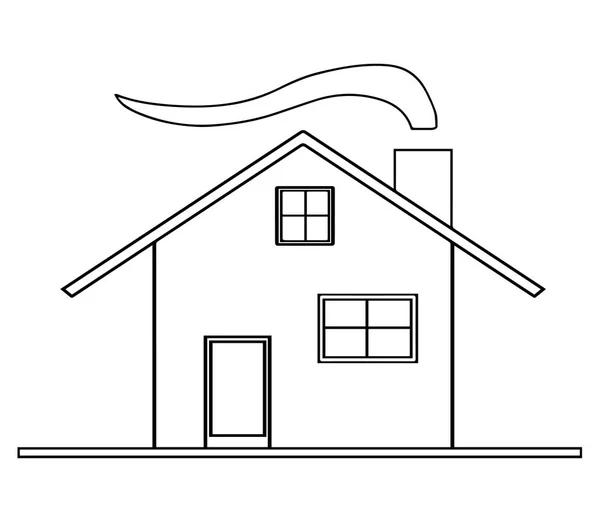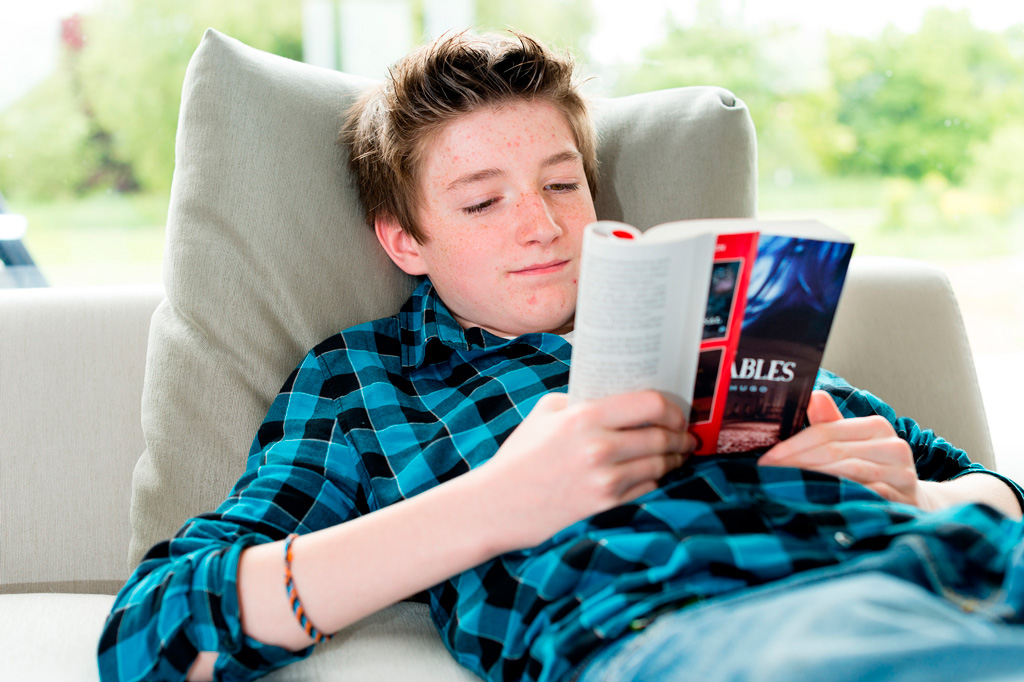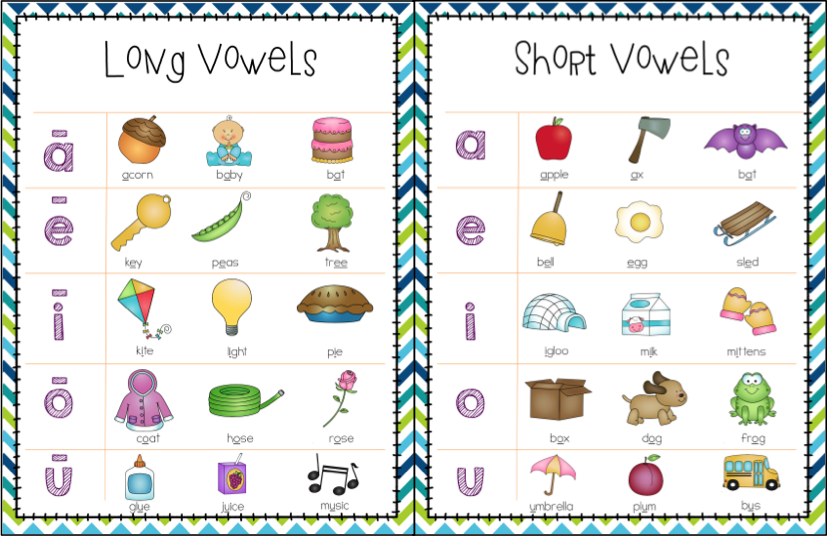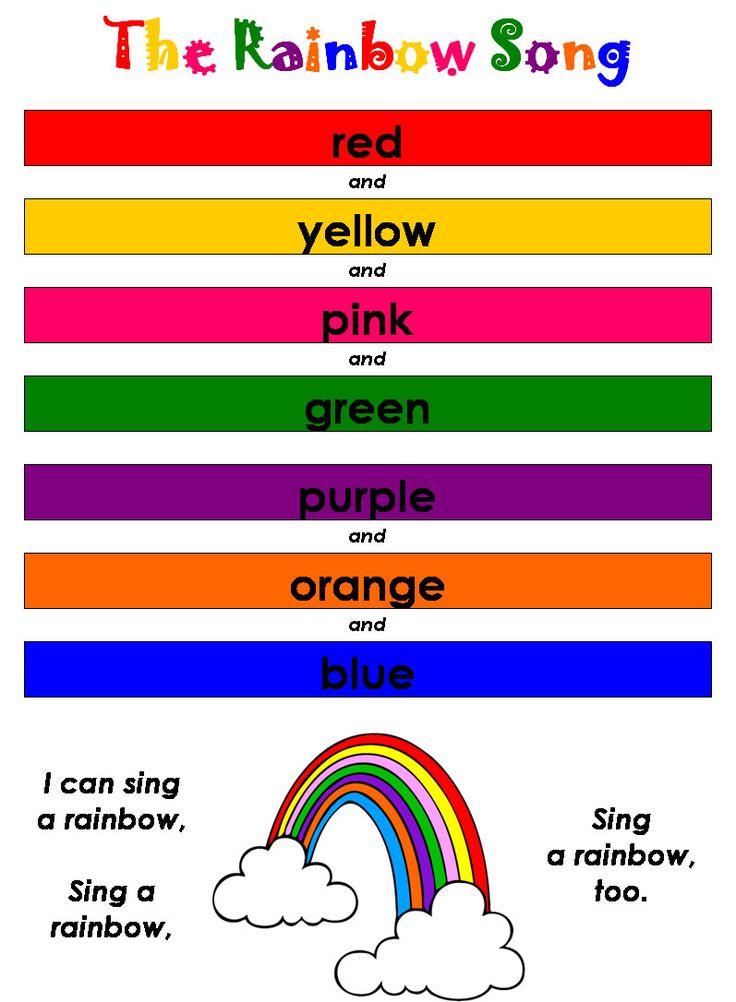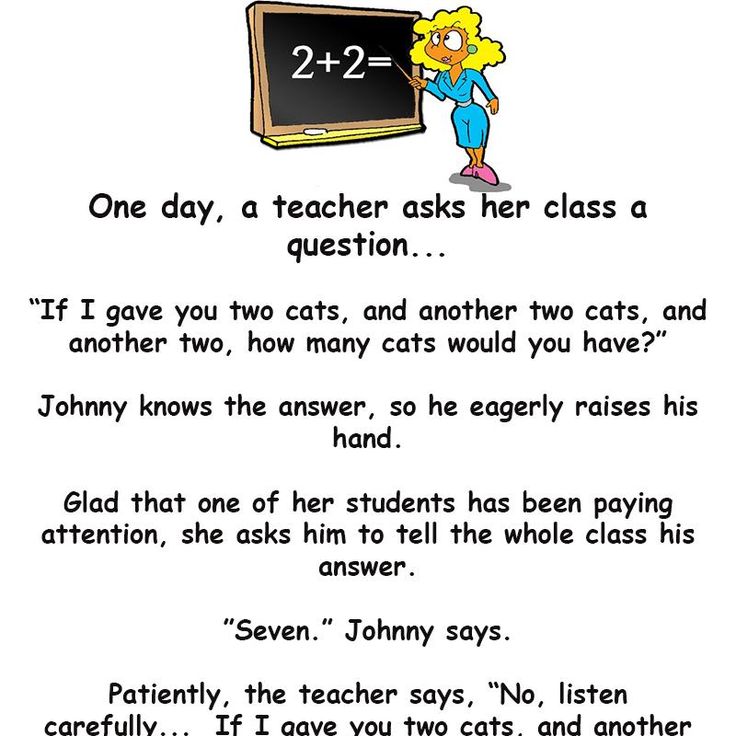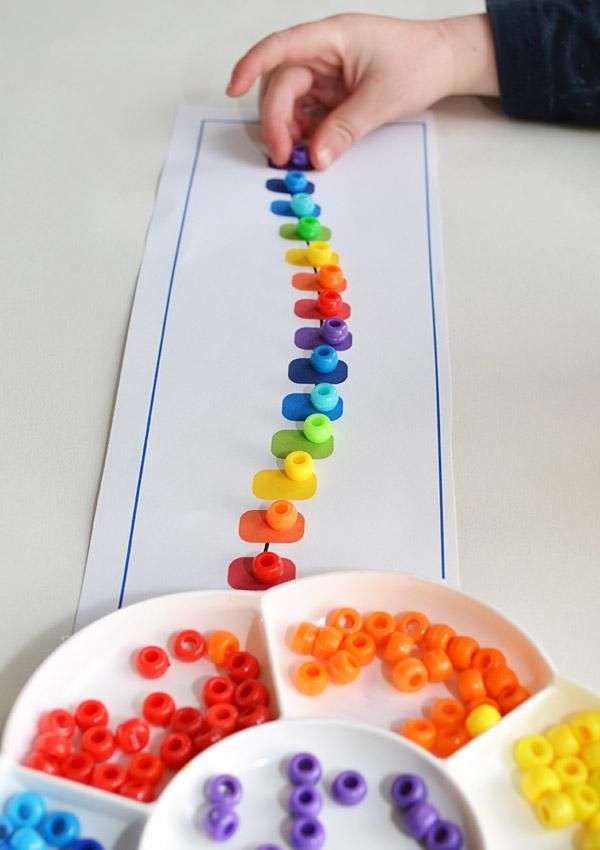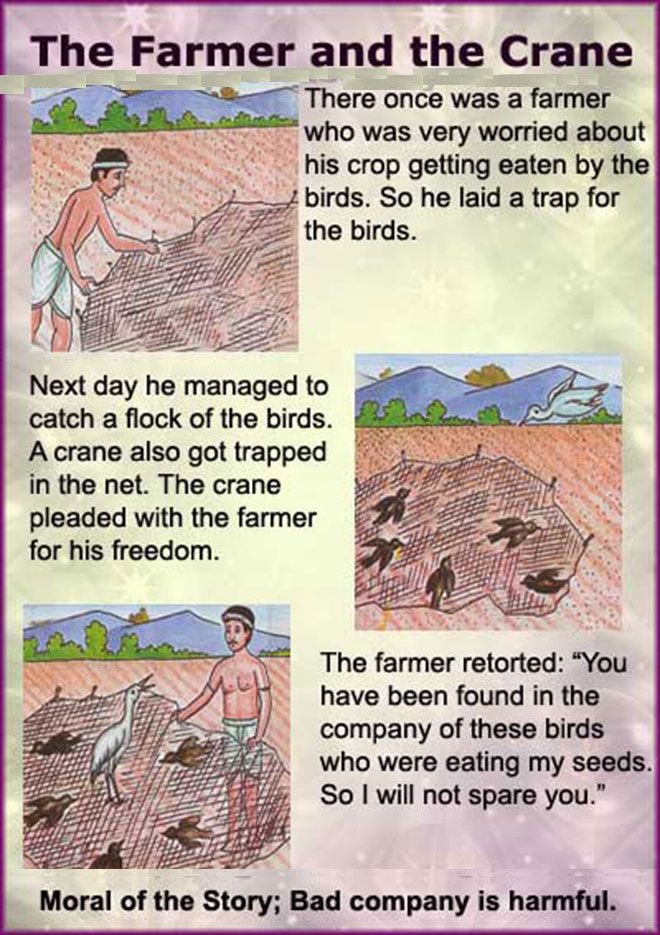What to teach a 4 year old at home
Fun learning activities for 4-5year-olds
There are loads of games and activities you can try out with your little ones to have fun together and get them developing speaking and listening skills, building vocabulary, counting and other early literacy and numeracy skills.
We’ve pulled together our top seven ideas here and hope you’ll have fun testing them out!
1. Read books together
- Read books of all kinds to your child: picture, words and pictures, pop up, information and poetry
- Why not choose a free eBook from our library to share on-screen together?
- What child doesn’t love hearing a good story? Visit our storyteller page to watch videos of storytellers reading favourite traditional stories.
2. Go to the library
Visiting the library is a great way to explore books together. The library gives your child the chance to discover, flick through and choose from a wide range of different types of books, including fiction, non-fiction and poetry. Many libraries have singing or rhyming sessions for pre-school children. Best of all, it’s somewhere fun to escape to on a rainy day!
3. Sing counting songs
Singing helps children to develop their speaking and listening skills and to have fun with words. Counting songs, like ‘1, 2, 3, 4, 5 … Once I caught a fish alive’, can help your child to have fun with numbers.
Other songs such as ‘Ten Green Bottles’ or ‘Three Little Frogs’ progress in reverse order, which can be especially helpful when young children start thinking about adding and taking away. Using fingers as counters can be a useful way to make a visual link between numbers and quantity.
4. Cut and paste
Using scissors is a useful skill and is a great way to develop co-ordination, control and build strength. Many children find scissors tricky to master so they need lots of practice.
Make paper chains together or ask them to find particular photos in magazines and catalogues (by colour or other categories) to cut out and then stick them into their own pictures.
5. Dressing up
Dressing up and role play are great opportunities for talking and listening and for imaginative play. On a practical level, a fun dressing up session can help your child to practise getting themselves dressed. You can fit in a sneaky bit of training with those tricky zips, armholes and buttons.
6. Play maths games
Try these fun intercative games with your little ones to practise maths skills and help to build your child’s confidence. Most children love playing games and it’s an easy way to support their learning.
What’s Inside?
It’s present time! Link the wrapped present to what’s inside by matching the shapes.
Match the Shape
Look at the picture and find all the hidden shapes.
Visit our fun maths activities page for a selection of activities and resources designed to help you enjoy maths with your child.
7. Cook together
Cooking with your child is not only fun but it’s an excellent way to begin to talk about maths – counting eggs for a cake recipe, more or fewer toppings for a pizza.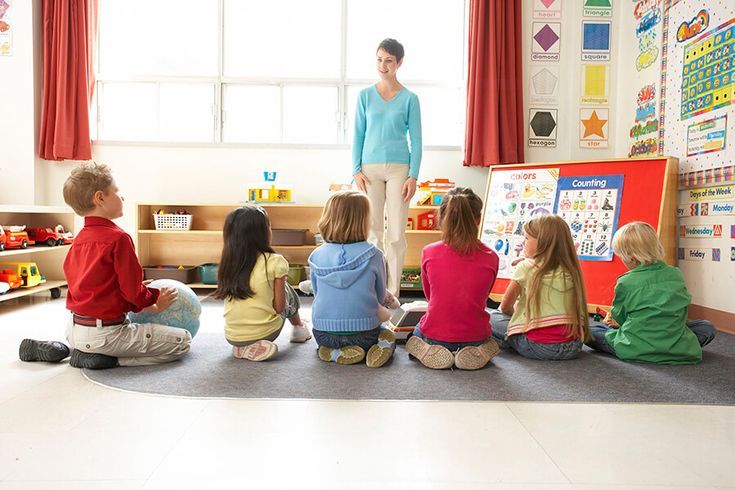 Let them pour liquids or spoon flour to develop eye-hand co-ordination and control. Best of all, you both get to enjoy a tasty treat at the end!
Let them pour liquids or spoon flour to develop eye-hand co-ordination and control. Best of all, you both get to enjoy a tasty treat at the end!
Why not try our banana bread and fruit smoothies recipes?
Video: Cooking with kids
Develop your child’s early maths skills, mathematical language and make maths fun by counting, measuring and estimating while cooking and baking.
Top 35 Activities for 4 Year Old Preschoolers
At four years of age, children are learning to express their emotions in many ways. Below, are a few activities that will help in the overall development of your child.
Video: Fun Learning Activities for 4 Year Old Preschoolers
Developmental Milestones at Four Years of Age
At the age of four, your child can:
1. Speak sentences of five to six words
2. Tell a story
3. Answer simple questions
4. Understand colours, shapes, and numbers
5. Observe and identify certain objects
6. Understand same, different, and size
7. Run and walk up stairs
8. Kick, catch, and throw a ball
9. Dress and undress without help
10. Copy shapes
11. Turn handles and unscrew caps off bottles
12. Handle small objects
13. Imitate the people around
14. Pretend and be more creative
15. Complete puzzles according to the age
16. Hop and stand on one leg for a few seconds
17. Understand times of the day (morning, evening, night)
18. Turn pages of a book
19.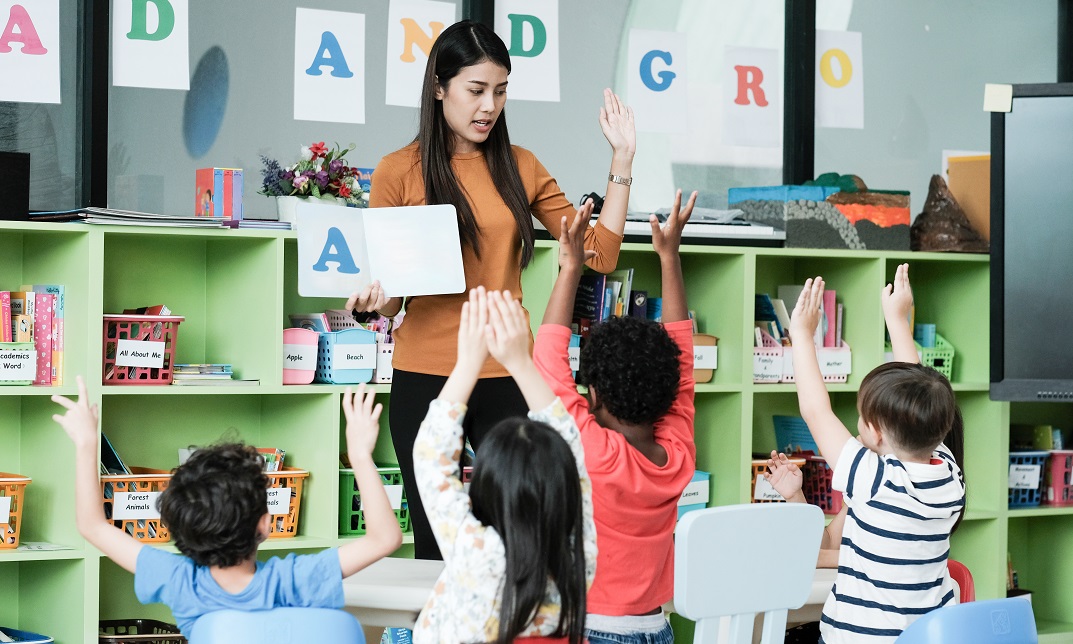 Write capital letters
Write capital letters
20. Build a tower with blocks
21. Understand the concepts of ‘mine’ and ‘yours’
22. Show various emotions such as happy, sad, angry, etc.
23. Say his name and age
24. Follow short commands
25. Climb and run more confidently
Art and Craft Activities
Here are five art and craft ideas for your four year old:
1. Foam Mosaics
Teach your child some essential abstract art.
How to Do:
- Get some colourful craft foam, recycled cardboard, glue, paintbrushes, and scissors.
- Show your child how to cut the foam and stick them onto a piece of cardboard.
What Does it Teach?
- Motor skills
- Creativity
2. Printing Baskets
For this activity, all you need are some baskets, paint, a dish or a plate for holding the paint, and paper.
How to Do:
- Fill the paint dishes with paints of the child’s choice.
- Dip the baskets into the paint and then stamp them onto the paper.
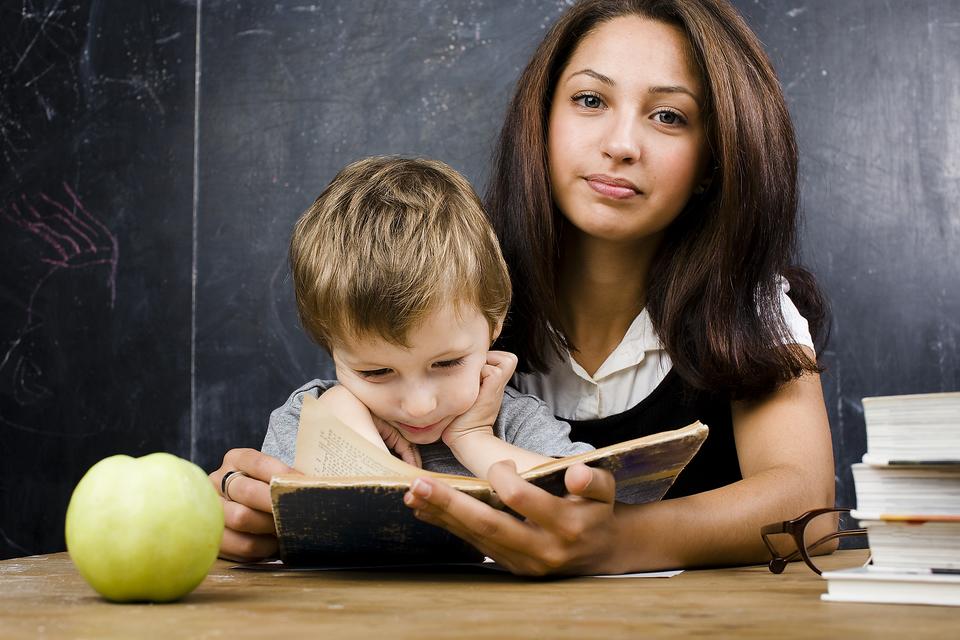
- Your child can then stamp some designs onto card paper.
What Does it Teach?
- Creativity
3. Paper Weaving
All you need are two papers of different colours, scissors, a pencil, and a ruler to get this crafty piece of art done.
How to Do:
- Take one of the sheets and draw straight lines across the page.
- For the next sheet, fold it in half and then draw straight lines from the fold, leaving at least 3 centimetres space from the edge of the paper.
- Make strips out of the first sheet of paper.
- For the second, cut along the lines but do not cut all the way through. When you open the paper, it should still be intact, but with large slits in the paper.
- Take the slits you made earlier and show your children how to weave the two papers by alternating them over and under.
What Does it Teach?
- Hand-eye coordination
- Fine motor skills
- Basic sewing and weaving techniques
4.
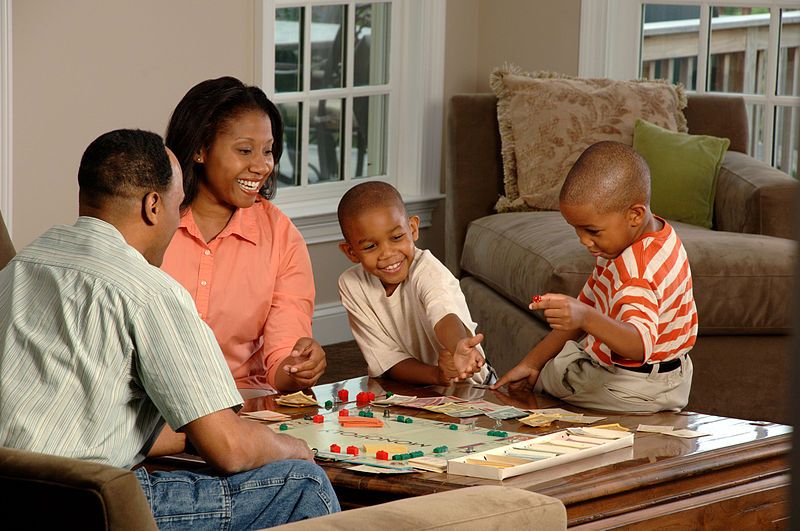 Microwave Puffy Paint
Microwave Puffy PaintYour kids will be entertained and learn something new.
How to Do:
- Take half a cup of flour, two teaspoons of baking powder, two teaspoons of salt, and some food colouring. You can make some paint by adding enough water to make a paste out of the ingredients. Add a cardboard or mat board as a base for the creations and get started.
- Mix the ingredients into separate little bowls and add the colours. Once done, use some old squeeze bottles and let the kids go to town on the mats.
- Microwave the creations for 30 – 40 seconds.
What Does it Teach?
- Innovation
- Creativity
5. Circle Painting
Put an emphasis on recycling!
How to Do:
- Take some items that can be used to make make an imprint of a circle, such as soda bottles, straws, jars etc.
- Take a piece of paper, and allow your child to dip the circular bits into the paint to make circular imprints on the paper.

What Does it Teach?
- Curiosity
- Creativity
Sensory Developmental Activities
Here are some sensory developmental activities:
1. Play Dough
This is a fun way for your child’s sensory skills to be improved.
How to Do:
- Your child can use rolling pins, cookie cutters, and play scissors to manipulate and decorate play dough.
What Does it Teach?
- Vocabulary
- Hand-eye coordination
2. Snowballs and Marbles
A sorting activity to keep your child occupied.
How to Do:
- Fill a bin with cotton balls and marbles
- Have your child sort them into two separate containers only using his sense of touch.
What Does it Teach?
- Focus
- The sensation of touch.
3. Ice Finds
A fun game on a hot summer’s day.
How to Do:
- Freeze a lot of ice cubes, some with toys and some without toys.
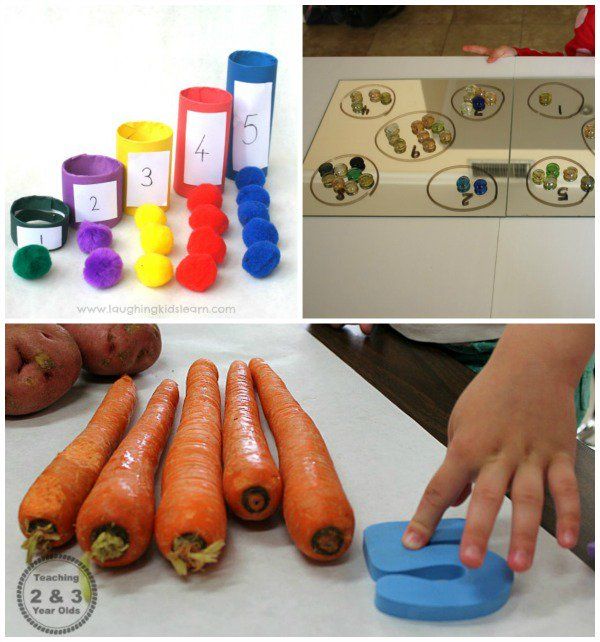
- The aim is for your child to find the toys inside by breaking through the barrier.
What Does it Teach?
- Analytical skills
4. McDonald’s Sandbox Farm
If your kids love Old McDonald, they are surely going to love this activity!
How to Do:
- Hide some plastic animals in a tub of sand and have your child find them as you sing the rhyme.
- For example during the line “And on his farm, he had some cows”, ask your child to find the cow.
What Does it Teach?
- Sense of touch
- Word association
5. Shaving Cream Tray
This is messy play at its best.
How to Do:
- Fill three trays with shaving cream, with a pot of paint near each.
- Let your child take turns experimenting with the paint and the cream.
- The mix of the paint colours as he dips his hands from one tray to the next is what will amaze him the most.
What Does it Teach?
- Curiosity
Educational And Learning Activities
Here are some educational activities to consider:
1.
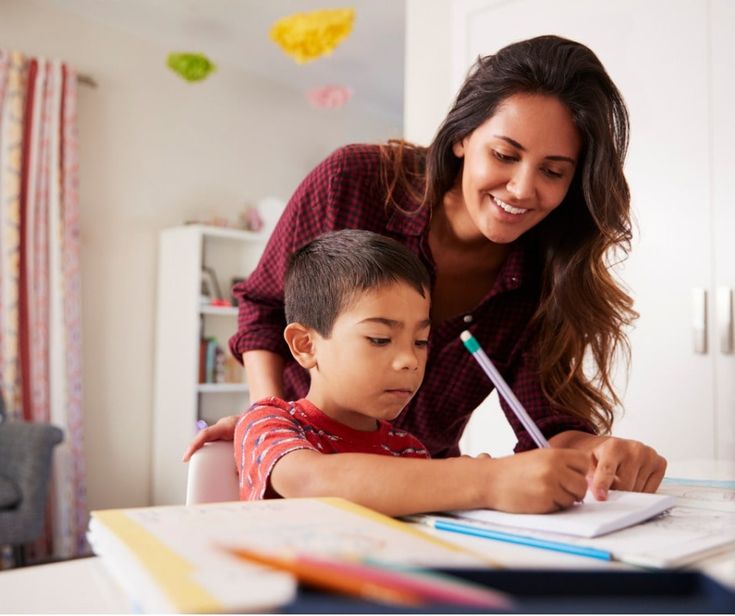 Weather Clothing Tags
Weather Clothing TagsKids who like dressing themselves will like this.
How to Do:
- Cut some poster boards into circles of three colours, and write “hot”, “cool”, and “wet” on them.
- Make a hole through them and slide the twist tie through.
- Attach them to the hanger, and make sure to explain to your child why certain clothes are needed during certain types of weather.
What Does it Teach?
- Vocabulary.
- Self-care.
2. Alphabet Tree
Learning alphabets the fun way!
How to Do:
- Using a brown sheet, guide your child in cutting out the trunk and branches of a tree.
- Then, cut out 26 green leaves and write down an alphabet on each of them.
- Then, get your child to stick them all together, reading out the name of the letter as he sticks it onto the tree.
What Does it Teach?
- Motor skills
- Reading skills
- Letter recognition skills.

3. A Story Game
This is one of the more fun reading activities for four-year-olds.
How to Do:
- Ask your child to describe an event, like a trip to the park, in three sentences.
- Write one sentence on each card and then place them randomly in front of your child.
- Help him read the cards, and then ask him to put the cards in the correct sequence.
What Does it Teach?
- Vocabulary
4. Scavenger Hunt
A fun activity that will keep your child occupied for hours.
How to Do:
- Get your child a new puzzle and hide the pieces around the house. On some sticky notes, write down instructions such as “take three steps to the right, one step to the back, and turn around. Look under the table.”
- Give him a little bag to collect the pieces in, and then you can solve the puzzle together once all the pieces are found.
What Does It Teach?
- Problem-solving
5.
 Number Dosa
Number DosaThis one encourages your child to learn numbers as well as pleases the tummy.
How to Do:
- When making dosa, put some of the batter into a squeeze bottle and ask your child to write down a number for you on a piece of paper.
- He should show it to you and read it aloud.
- Go ahead and squeeze the batter onto the pan in the shape of that number.
What Does it Teach?
- Number recognition
Montessori Activities
Try some daily life activities that will help your child improve his concentration.
1. Pet Care
A good activity for kids who love animals.
How to Do:
- Get your child to help you feed it using the correct food, amount, etc. at the same time each day.
- Your child can also help in bathing your pet if your pet is the type to remain calm during a bath.
- Brushing down fur is another great activity your child can do.
What Does it Teach?
- Empathy
- Responsibility
- Concentration
- Good memory
2.
 Dishwashing
DishwashingIf your child likes to play in the water, then he will love this one.
How to Do:
- Allow your child to try washing a few plastic cups and plates so that he can learn how it’s done.
- Make sure that there aren’t any knives or any other utensils you do not feel comfortable with him handling just yet.
What Does it Teach?
- Hygiene
- Concentration skills
3. Sous Chef
Kids who take pleasure in their meals are bound to take more interest in their preparation.
How to Do:
- Ask your child to assist you in the kitchen with simple chores.
- Start by making him help you measure ingredients, roll out chapattis, and pass you some of the other things you may need. You can also help him work on his reading skills by reading out the steps in a recipe.
What Does it Teach?
- Ability to follow instructions
- Reading skills
4. Folding Laundry
It may sound tedious, but folding laundry can teach a child a lot.
How to Do:
- Show your child how to fold a few simple things, and you can also teach him about different kinds of clothes and what they are used for.
What Does it Teach?
- Problem-solving skills
- Motor skills
5. Kids and Cutlery
Help kids to learn this skill at an early age.
How to Do:
- Get your little one to help you organise the cutlery drawer by organising the spoons, forks and other cutlery into their correct places.
What Does it Teach?
- Organisational skills
Indoor Activities
Here are some indoor activities for four-year-olds at home:
1. Board Games
An interactive experience for the whole family.
How to Do:
- Get some board games for your children, such as Snakes and Ladders or Pictionary. Pick one, go through the rules together, and start playing.
What Does it Teach?
- Problem-solving
- Artistic skills
2.
 Do Some Baking
Do Some BakingBaking is a fun activity that ends in delicious treats for the family.
How to Do:
- Pick your children’s favourite recipe and get them to help out with measuring ingredients, reading the recipe, and anything else that is required. Decorating muffins can be a very fun project, as well.
What Does it Teach?
- Ability to listen to instructions
3. Play Card Games
This is a good activity to do while travelling.
How to Do:
- Teach your kids your favourite card game, perhaps a simple one such as donkey, where everyone each gets a card and must follow the pattern on the card left open in the deck.
- If it is a 3 of hearts, everyone will need to play hearts and whoever plays the highest number wins the hand.
- Uno is another fun game where your children follow colours or numbers.
What Does it Teach?
- Playing by the rules
- Math skills
4.
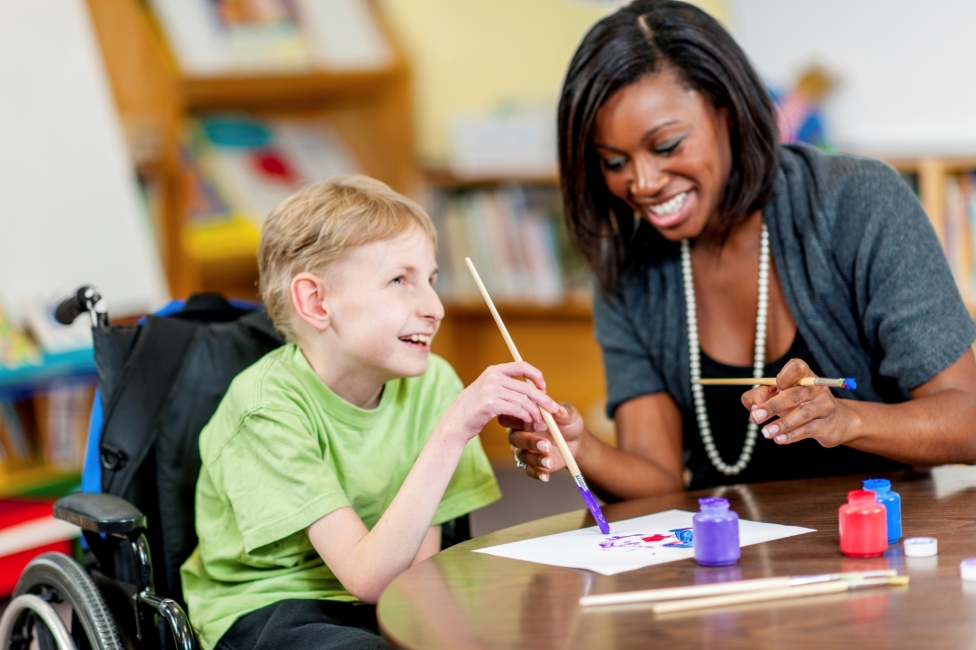 Story Time
Story Time- Gather together and do some fun reading with your children.
How to Do:
- Grab some pillows, blankets, hot chocolate, and your child’s favourite storybook, and read together.
What Does it Teach?
- Vocabulary
- Analytical skills
5. Dance
- Get ready to boogie with this activity!
How to Do:
- Play some music and dance.
- You can either do spontaneous dance moves; or you can teach your child a dance that you may have learned, such as the jive.
- You can also make up steps together to his favourite song.
What Does it Teach?
- Good memory
Outdoor Activities
Some outdoor activities that your children will love are:
1. Go For A Walk
- Here is how you can help your child learn while out on a walk.
How to Do:
- When you go out for a stroll, you can point things out to your child and teach him the names of different things.
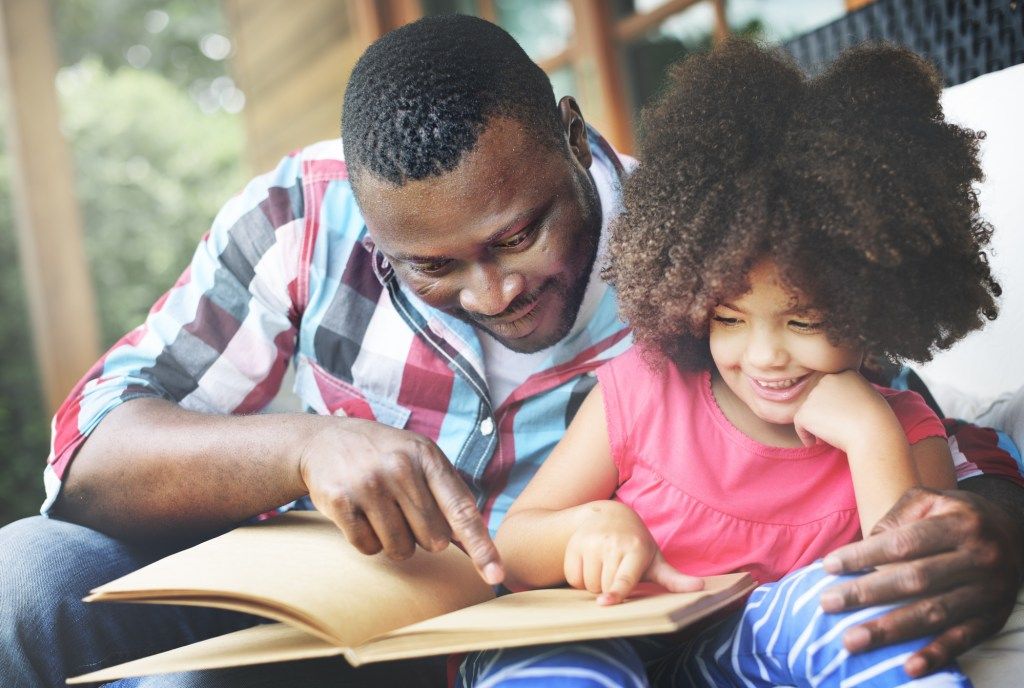
- Walking in nature is especially rewarding, but even a simple walk down the street can be very exciting for your pre-schooler.
What Does it Teach?
- Creativity
- Observational powers
2. Create An Obstacle Course
Creative and exciting, your children will get a kick out of this one.
How to Do:
- Gather some hula hoops, place them on the ground, and keep a tennis ball and a bucket at the end.
- Get your little one to hop through the hoops and then throw the ball into the bucket.
- Keep changing the position of the hoops.
What Does it Teach?
- Motor skills
- Concentration
3. Gardening
- This is something that can be quite enjoyable for children of this age.
How to Do:
- Whether it is gardening in pots or the earth, gardening gives your child a reason to explore the ground.
- Teach your child how to plant seeds and re-pot plants.
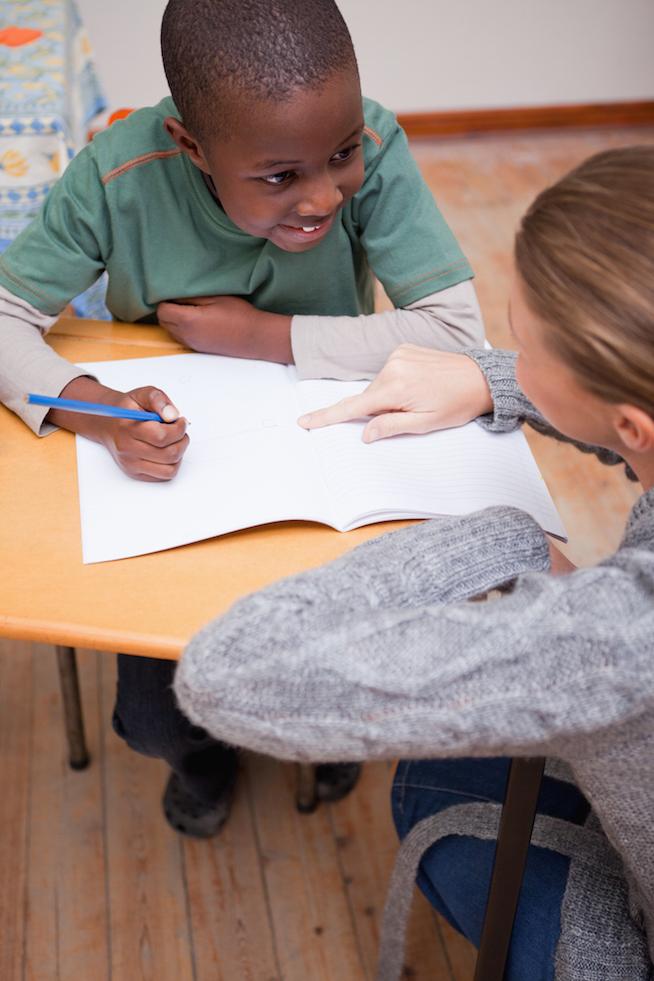
- Give him the responsibility of watering them each day.
What Does it Teach?
- Responsibility
4. Ride A Bike
When mastered, it can be a very simple task.
How to Do:
- Removing the training wheels to help your child learn how to balance without it.
- Stay with your child and do not just leave him alone.
What Does it Teach?
- Motor skills
5. Play Catch
A fun game loved by many.
How to Do:
- Take a ball or a beanie and keep throwing it for your kid to catch until he gets the hang of it.
What Does it Teach?
- Hand-eye coordination
- Motor skills.
Cognitive Activities
A child’s thinking and reasoning skills get a good workout with these simple activities:
1. I Spy
This one is good for when you need to wait somewhere.
How to Do:
- The game goes like this. You say “I spy with my little eye, something in colour blue” and your child will need to guess which blue object you’re talking about.
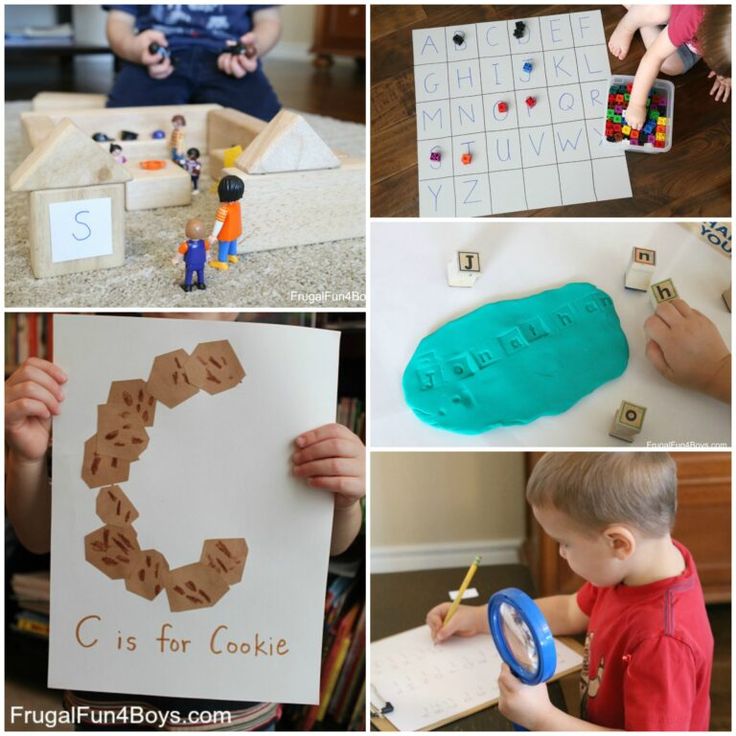
What Does it Teach?
- Reasoning ability
- Observation
2. Numbers
Teach your child to keep track of numbers with this activity.
How to Do:
- If you look around the house, you will find that you have a lot of things to practice counting and words with.
- For example, have your child count the candlesticks, the lamps or even the number of buttons on the remote. You can even line up his toys and teach him to add and subtract.
What Does it Teach?
- Math
3. Matching
A fun way of teaching your children that some things come in pairs.
How to Do:
- Take one item from something that is a pair, such as a shoe, a sock etc.
- Ask your child to bring you the other one.
- If you choose something like a pen or a pencil, make sure that your child knows where to find another one.
What Does it Teach?
- Object Association
4.
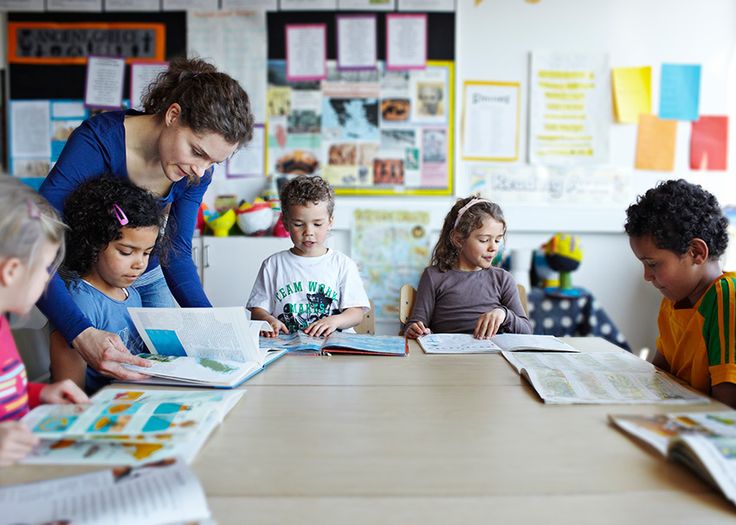 Jigsaw Puzzles
Jigsaw PuzzlesA fun activity to keep your child occupied for a while.
How to Do:
- Get a new puzzle that your child has not solved before and get cracking together.
What Does it Teach?
- Problem-solving
5. Building Blocks
Games that involve building puts your child’s mind to great use.
How to Do:
- Building blocks or Jenga are two fun games that require your child to figure out how to keep something stable and not let it topple over.
What Does it Teach?
- Problem-solving skills
Put your child’s natural need for learning and experimentation to use with some good activities that not only keep him busy, but you happy, knowing that your child is involved in things that are productive.
Also Read: Creative Activities for Children
Children aged 4 to 5
Children from 4 to 5 years old
Development of Children from 4 to 5 years old. You are in the section "Children from 4 to 5 years old".
You are in the section "Children from 4 to 5 years old".
In this section, we will help you find out and determine the level of development of your child, namely, what your child should know and be able to do at the age of 4 to 5 years.
What a 4 year old should know and be able to do.
This article is for your reference and gives approximate norms for the degree of formation of your child's mental processes at this age. You can check his potential in different areas of knowledge, find out in which areas of knowledge your child succeeds, and in which additional attention and time are required.
In this section "Children from 4 to 5 years old" we have collected all the material published on our website, which will help you and your child to study, prepare for the next, more in-depth stage of classes.
Materials for your activities you can use at home, in kindergarten or in elementary grades.
Mathematics
A child aged 4 to 5 should be able to:
1.The child should be able to determine the location of objects: on the right, on the left, in the middle, above, below, behind, in front.
2. The child must know the basic geometric shapes (circle, oval, square, triangle and rectangle)
3. The child must know all the numbers (0, 1, 2, 3, 4, 5, 6, 7, 8, 9). Count items within ten, correlate the number of items with the desired number.
4. The child must be able to arrange the numbers from 1 to 5 in the correct sequence and in reverse order.
5. The child must be able to compare the number of objects, understand the meaning: more - less, equally. Make Unequal Item Groups Equal: Add one item to a group with fewer items.
6. The child gets acquainted with the graphic image of the number, learns to write numbers correctly.
Study aids:
1. Cards Teaching the child to count
2. Connect the numbers and color the picture
3. The game is learning geometric shapes
4.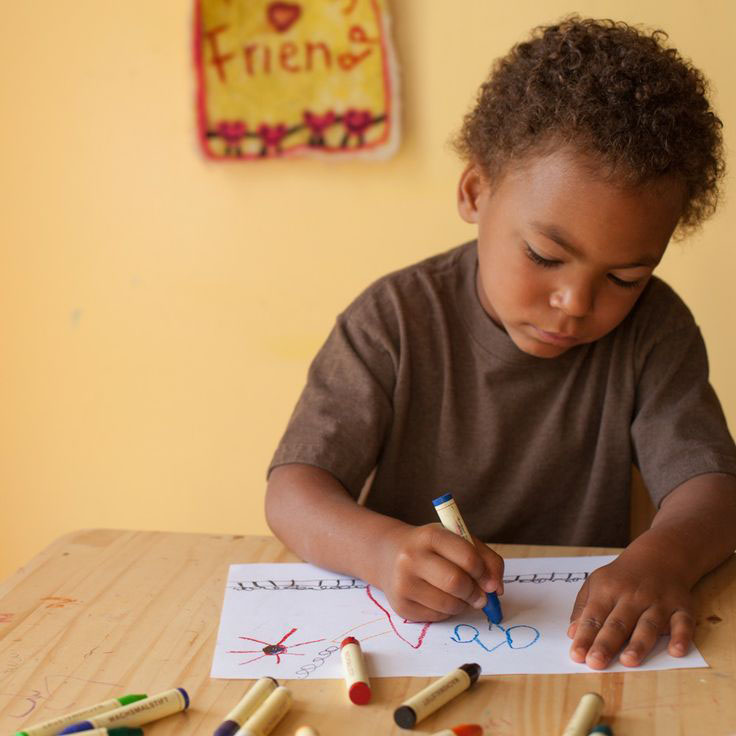 Introducing the child to Geometric shapes
Introducing the child to Geometric shapes
5. Cards with numbers from 0 to 70 6 . Cards "which number is superfluous"
7. Game for learning Geometric shapes
8. Copy Numbers
9. Write numbers
10. Cards with numbers-coloring
11. Puzzles-triple geometric shapes
12. Puzzles-triple numbers and Counting
13. Geometric shapes. Developing memory
14. Geometric shapes. Developing Fine Motor Skills
15. Learning Geometric Shapes
16. Math Copybook
17. Learning to Count. Developing memory with Geometric shapes
22. Correlate the number with the number
23. Entertaining tasks in mathematics
24. Orientation in space. Before and After
25. Cards with Numbers
26. Puzzle Score from 1 to 10
27. Math with Dice
28. Didactic Math Games
29. Puzzle Count from 1 to 10
30. Math for Kids with Dice
Logical thinking
- Development of Thinking, Memory, Attention
A child aged 4 to 5 years should be able to:
1.The child should be able to find differences and similarities between two pictures (or between two toys).
2. The child must be able to fold according to the model of the building from the designer.
3. The child should be able to put together a cut picture from 2-4 parts.
4. The child must be able to complete the task within 5 minutes without being distracted.
5. The child must be able to fold the pyramid (cups, putting them into each other) without assistance.
6. The child must be able to put the missing fragments of pictures into the holes.
7. The child should be able to name a group of objects with a generalizing word (cow, horse, goat - domestic animals; winter, summer, spring - seasons). Find the extra item in each group. Find a match for each item.
8. The child should be able to answer questions such as: Is it possible to go sledding in summer? Why? Why wear warm jackets in winter? What are windows and doors for in a house? Etc.
9. The child should be able to choose opposite words: a full glass - an empty glass, a high tree - a low tree, go slowly - go quickly, a narrow belt - a wide belt, a hungry child - a child full, cold tea - hot tea, etc.
10. A child should be able to memorize pairs of words after being read by an adult: glass-water, girl-boy, dog-cat, etc.
11. The child should be able to see incorrectly depicted objects in the picture, explain what is wrong and why.
Study aids:
1. Find the extra object cards
2. Find the extra object cards. Part 2
3. Cards from the series find a pair
4. Find a shadow in the picture
5. Develop logical thinking
6. Big-small cards
7. Puzzles
8. Krasnoukhov's puzzle
9. Logic coloring
10. Development of Attention
11. Development of Thinking
12. Development of Memory
13. Development of Memory. 15. Add the missing item
16. Game in opposites (Antonyms)
17. Entertaining activities with the child
18. Orientation in space. Right and Left
19. Game - "What is What?"
20. Game Catch a fish
21. Association Game: Find a Pair
22. Game for the Development of Memory and Attention
Game for the Development of Memory and Attention
23. Coloring Book for Children about Horses
24. Guess Whose Shadow
Development of Speech
Child aged 4 to 5 years must be able to:
1. The child must use a thousand words, build phrases from 6-8 words. Even strangers, and not just parents, should understand the child.
2. The child must understand how the structure of a person differs from the structure of animals, name their parts of the body (hands - paws, nails - claws, hair - wool).
3. The child must be able to correctly put nouns in the plural form (flower - flowers, girl - girls).
4. The child must be able to find an object according to the description (apple - round, sweet, yellow). Be able to independently write a description of the subject.
5. The child must understand the meaning of prepositions (in, on, under, behind, between, in front of, about, etc.).
6. The child must know what professions are, what people in these professions do.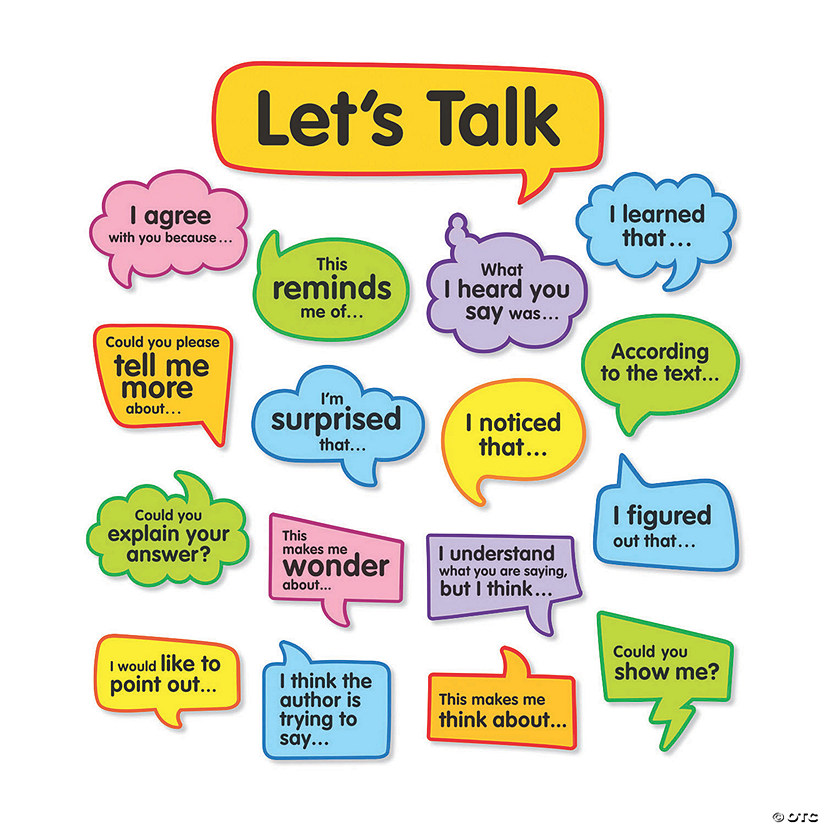
7. The child must be able to maintain a conversation: be able to answer questions and ask them correctly.
8. The child should be able to retell the content of the heard fairy tale, story. Tell by heart a few poems, nursery rhymes.
9. The child must give his name, surname, how old he is, name the city in which he lives.
10. The child should be able to answer questions about recent events: Where were you today? Who did you meet along the way? What did mom buy at the store? What were you wearing?
Study aids:
1. Letters of the Alphabet-Puzzle
2. Studying the letter A. What the beech A looks like.
3. Learning vowels
4. Alphabet in the form of cards
5. How to teach a child to read by syllables
6. Learning to Read. Part 1
7. Learning to Read. Part 2
8. Learning to Read. Part 3
9. Colored Letters of the Alphabet
10. Unique Alphabet by Letters
11. Lotto learning Letters
12.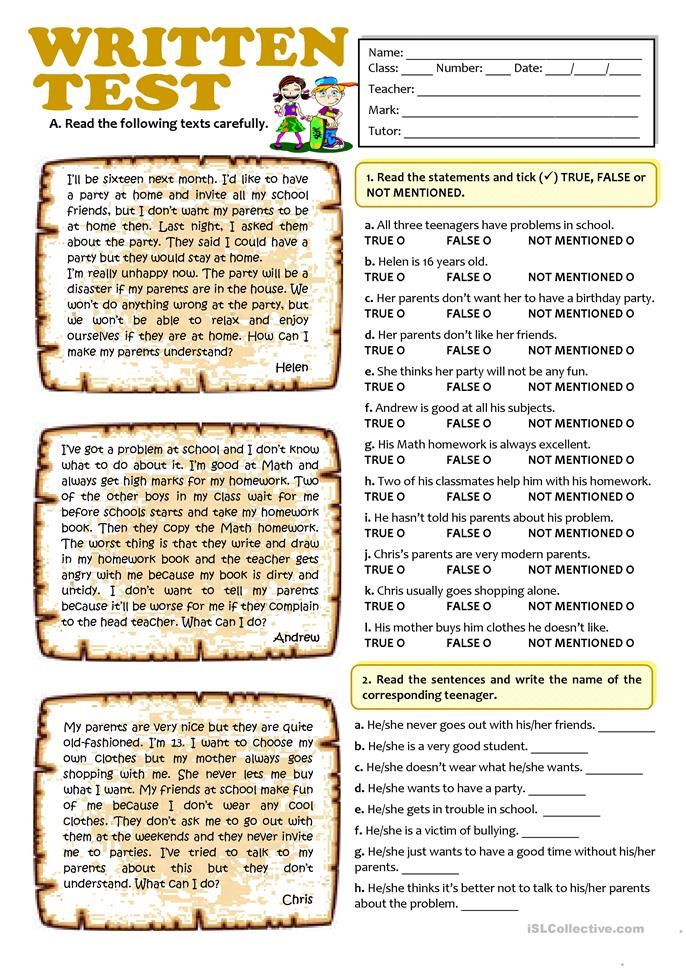 Cards with Letters and a Picture
Cards with Letters and a Picture
13. Pure words
14. Rhymes and Counts 1090 16. Reading 07 and 15. Playing Slogs Collect the Word from the Picture and Letters
17. Cards - What Letter does the Word Begin with
18. Collect the Word from the Picture and Letters. Didactic Game
World around
A child aged 4 to 5 should be able to:
1. The child should be able to distinguish between vegetables, fruits and berries, to know what they are when they ripen.
2. The child must know the names of insects, be able to talk about how they move (a butterfly flies, a snail crawls, a grasshopper jumps)
3. The child must know all domestic animals and their cubs.
4. The child should be able to guess the seasons from the pictures. Know the signs of each of them.
Study aids:
1. Body parts cards
2. Vehicle cards
3. Fruit cards
4. Vegetable cards
5. Color learning cards
Color learning cards
6. Furniture cards 9007 animals and what they eat"
8. "Clothes and Shoes" cards
9. Animals and Birds cards
10. Profession cards
11. Tree and Leaves structure
12. Autumn season
13. Winter season
14. Spring season
15. Summer season
16. Cards learning Colors
17. Winter month - December
18. Winter month - January
19. Winter month - February
20. Lessons on the theme of Winter
21. Fruits and berries. Learning and coloring
22. Vegetables. Learning and coloring
23. Fruits and Berries (coloring cards)
24. Vegetables (cards - coloring)
25. Spring month - March
26. Spring month - April
Household skills
A child aged 4 to 5 should be able to:
1. The child already perfectly fastens buttons, zippers and unties shoelaces, a spoon and a fork obey him well.
2. The child must be able to string large buttons or beads onto a thread.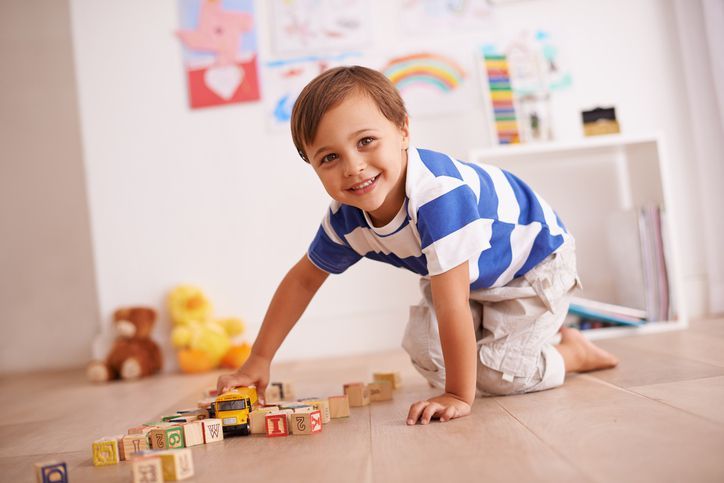
3. The child must be able to accurately draw lines without lifting the pencil from the paper.
4. The child should be able to shade figures with even straight lines, without going beyond the contours of the picture.
5. The child should be able to trace and color pictures without leaving the edges.
6. The child must be able to draw lines in the middle of the track without going beyond its edges.
7. The child must distinguish between the right and left hand.
Practice aids:
1. Stencils for drawing
2. How to teach a child to tie shoelaces
3. Outline and color
4. Tic-tac-toe game in a new way
5. Signs and Properties of objects
6. Flowers
7. Getting to know the concepts: Right, left, top, bottom
8. Learning the Clock
9. Book My House
10. Parts of the Human Body
11. Recipe for Lefties
12. Game Catch a Fish
13. Bus for Little Ponies
14.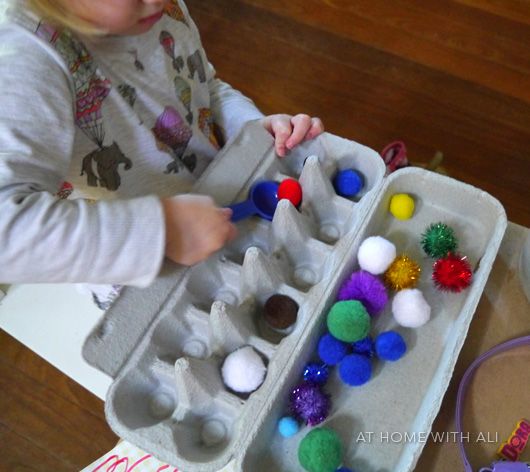 Game - all Professions
Game - all Professions
15. My Home. Components of a house.
16. Plasticine and beads
17. Board game Tell me about your city
18. Children's Rhymes
19. Colored Cardboard Caterpillar
20. Learning Colors with Ice Cream
21. DIY Button Applications
22. Christmas Tree Cones0007 23. Cheerful Chupa-Chups
24. Learning the Days of the Week
25. How to teach a child to jump rope
26. How to teach a child to clean his room
English
9002 A child aged 4 to 5 can be introduced to English.
Use parent and teacher guides designed to teach English to children aged 4 to 5 in class.
Study aids:
1. English Letter Puzzle
2. Cards with Letters of the English Alphabet
3. Card Numbers in English
4. Cards Fruits and Berries
5. Cards with English words. Part 1
6. Cards with English words. Part 2
7. Furniture cards in English
8. Household appliances cards
Household appliances cards
9. Clothing cards
10. Vegetable cards in English
11. Months cards in English
12. Transportation cards in English
13. Large puzzles and Small letters of the English alphabet
Read also the article for Parents What you need to know about Child Development.
Find out what a child should know and be able to do by age. Take advantage of the training aids offered by our website.
Child development calendar up to 1 year (by months)
Child from 1 to 2 years old
Child from 2 to 3 years old
Child from 3 to 4 years old
Child from 5 to 7 years old
Our Partners - DELIVERY AROUND THE WORLD!
Main page
Subscribe to: Messages (Atom)
-
Hard and soft consonants
Use flashcards to teach your child when consonants are soft and hard. Blue - solid Green -
-
Syllables. Making words from syllables
Syllables.
 Making words from syllables. Download free flashcards with letters and syllables. There are 20 cards in total. Letters and syllables for children. Cut...
Making words from syllables. Download free flashcards with letters and syllables. There are 20 cards in total. Letters and syllables for children. Cut... -
Russian Alphabet Color Cards
Russian Alphabet Color Cards. Each card with a letter has a picture starting with that letter. With these cards you can ...
-
Pictures with the image of Clothes and Shoes
Pictures with the image of everyday clothes and shoes, Clothes, Shoes, clothes cards, Shoes cards. Thematic cards "Clothes"
-
Connect the numbers and Color the picture
Learning numbers and counting with your child? How to fix the passed material? Consolidation of the material covered can be turned into an interesting and r...
-
Number cards
Number cards. Flashcards help your child learn numbers. The cards can be used for homework, kindergarten or elementary school...
-
Developing Cards for Playing with Children
Today we will get acquainted with the original way of making educational cards for activities with children from 1 year old at no special cost.
 Interesting...
Interesting... -
Cards Crockery and Cutlery
Downloading didactic cards, the theme "Cookware". A wonderful book with large and bright pictures. Set of cards "...
-
Cards - Teaching a Child to Count
Cards - how to teach a child to count. Simply print out the colored cards to help your child learn the numbers from 1 to 10. Offer...
-
Profession Cards
Unique Profession Cards. Download Free educational cards with professions for your children. Acquaintance of children with professions ....
Children 3 to 4 years old
Children from 3 to 4 years old
Child Development 3 to 4 years old. You are in the "Children from 3 to 4 years" section.
In this section, we will help you find out and determine the level of development of your child, namely, what your child should know and be able to do at the age of 3 to 4 years.
What a 3 year old should know and be able to do.
This article is for your reference and gives approximate norms for the degree of formation of your child's mental processes at this age. You can check his potential in different areas of knowledge, find out in which areas of knowledge your child succeeds, and in which additional attention and time are required.
In this section "Children from 3 to 4 years old" we have collected all the material published on our website, which will help you and your child to study, prepare for the next, more in-depth stage of classes.
You can use materials for your studies at home, in kindergarten or in elementary grades.
Mathematics
A child aged 3 to 4 should be able to:
1. The child must be able to count to three and show the appropriate number of fingers on the hand.
2. The child must be able to master the concepts: one - many, large - small, high - low, etc.
3. The child must know the primary colors (red, yellow, green, blue, white, black).
4. The child must know the basic geometric shapes (circle, square, triangle).
5. The child must be able to compare objects by size, color, shape. Be able to compare the number of items.
6. The child must be able to match a pair to an object with a given attribute.
Study aids:
1. Educational cards for games with children
2. Multi-colored playhouses
3. Cards Teaching a child to count
4. Connect the numbers and color the picture
5. The game is learning geometric shapes
6. Video-Learning counting
7. Number cards for boys
8. Introducing the child to Geometric shapes
9. Cards with numbers from 0 to 10
10. How to teach a child to count in a playful way
11. A game for learning Geometric shapes
12. Number cards for girls
13. Puzzles-double geometric shapes
14. Puzzles-double Numbers and Counting
15. Geometric shapes. We develop fine motor skills
16. We study Geometric shapes
We study Geometric shapes
17. I learn to count. up to 10
22. Mathematics with Dice for Children
Logical thinking
- Development of Thinking, Memory, Attention
A child aged 3 to 4 must be able to:
1. The child should be able to put together a cut picture from 2-4 parts.
2. The child should be able to find and explain inconsistencies in the drawings.
3. The child must be able to find an extra object and explain why he made such a choice.
4. The child should be able to find similarities and differences between objects.
5. The child should be able to memorize 2-3 pictures.
6. A child should be able to memorize 3-4 words that an adult has repeated several times.
7. The child must be able to memorize and repeat the movements shown by an adult 1-2 times,
8. The child must be able to remember any detail or attribute of an object.
9. The child must be able to complete the task within 5 minutes without being distracted.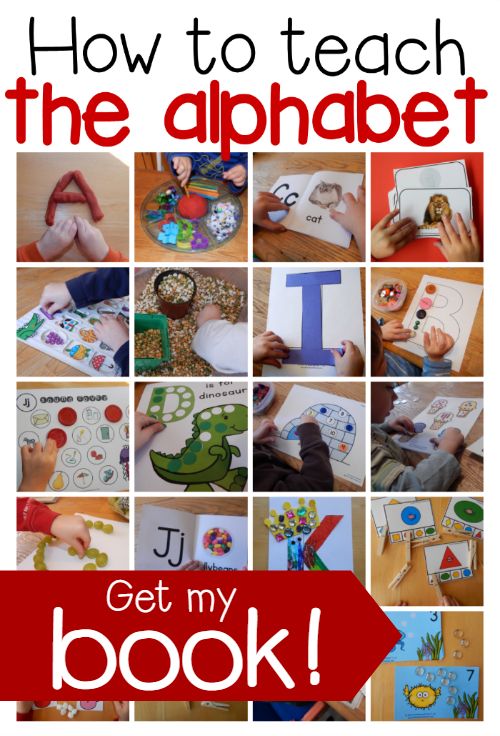
10. The child must find paired objects. Be able to choose the right one from a group of objects.
11. The child must be able to pay attention to the properties and characteristics of objects, to find similarities and differences between objects.
Practice aids:
1. Find a pair cards
2. Find the shadow of the picture
3. Develop logical thinking
4. Cards for activities
5. Puzzles
6. Pick up a patch
7. Add the missing object
8. Entertaining activities with the child
9. Playing in opposites
10. Orienting in space. Right and Left
11. Game - "What is What?"
12. Game Catch a fish
13. Association game: Find a pair
14. Game for the Development of Memory and Attention
15. Guess Whose Shadow
Speech development
A child aged 3 to 4 should be able to:
1. The child should be able not only to visually perceive images, but also to describe what he saw.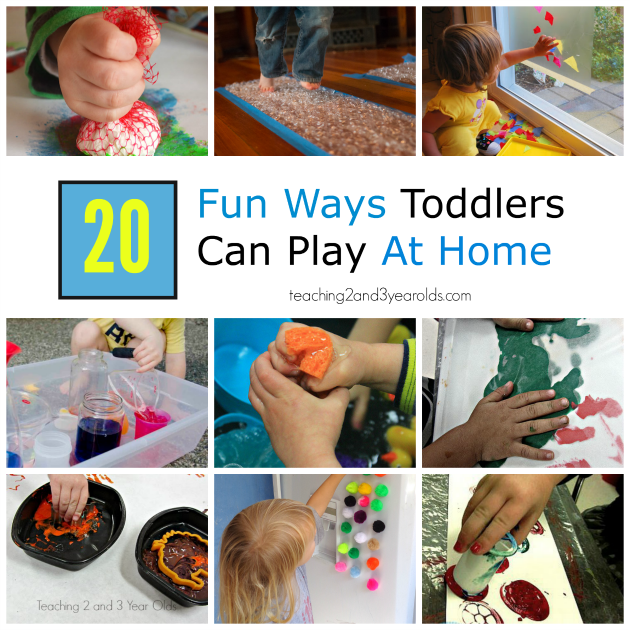
2. The child easily forms simple sentences, gradually moves to complex ones (from 5-6 words).
3. The child must be able to separate objects into groups: furniture, dishes, clothes, etc.
4. The child must be able to name one attribute of each object.
5. The child must know the names of the basic actions of people and animals (lie down, sit, run, etc.)
6. A child should be able to repeat rhymes and songs after an adult.
7. The child must know his first and last name.
8. The child must be able to control the power of the voice, speak loudly - quietly.
Study aids:
1. Letters of the Alphabet-Puzzles
2. Learning the letter A. What the beech A looks like. . Color Letters of the Alphabet
7. Lotto learning Letters
8. Cards with Letters and a Picture
9. Talking tongues
10. Musical game for the development of speech
11. Cards - What letter does the word begin with
The world around us
A child aged 3 to 4 years should be able to:
1.The child must know the names and be able to show domestic (cow, goat, horse, cat, dog, etc.) and wild (wolf, hare, fox, etc.) animals.
2. The child must know the names of 3-4 birds (sparrow, swallow, crow), 3-4 fish (whale, catfish, shark) and 3-4 insects (grasshopper, butterfly, bee).
3. The child should know the names of the main plants: 3-4 trees (birch, oak, apple) and 3-4 flowers (chamomile, tulip, rose).
4. The child should know what vegetables, fruits, berries, mushrooms are.
5. The child must have an idea about the materials from which the surrounding objects are made.
6. The child must know the parts of the day - morning, afternoon, evening, night.
7. The child should be able to name natural phenomena - rain, snow, wind.
Practice aids:
1. Flashcards Parts of the human body
2. Transport cards
3. Fruit cards
4. Vegetable cards
5. Learn Color cards
6.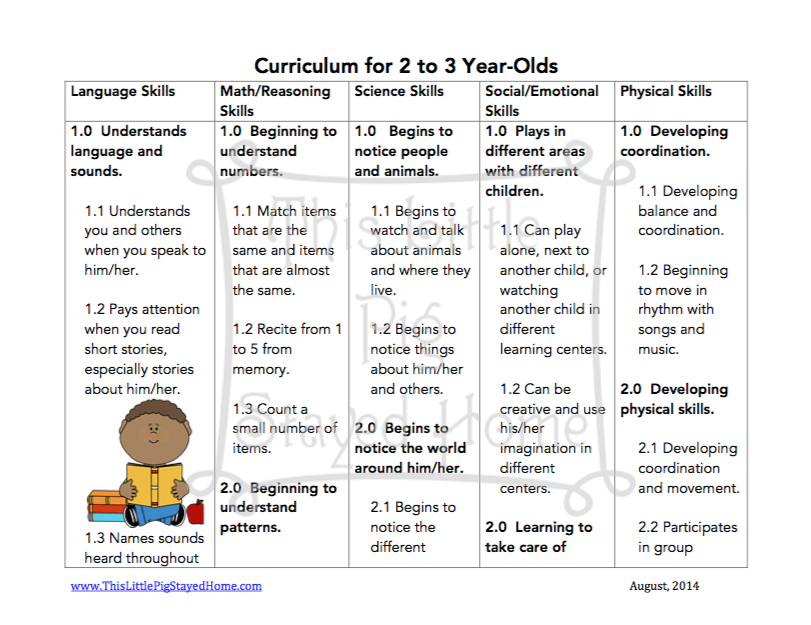 Furniture cards
Furniture cards
7. Animals and what they eat cards
8. Clothes and Shoes cards
9. Cards Animals and Birds
10. Fruits and berries. Learning and coloring
11. Vegetables. Learning and coloring
12. Fruits and Berries (coloring cards)
13. Vegetables (coloring cards)
14. Unique books - Seasons
15. Insects cards
16. Dishes and Cutlery
17. Cards Game "What for What"
18. Cards Insects 2.
19. Educational Games with Clothespins
Household Skills
:
1. The child must be able to put on things independently (without fasteners).
2. The child must be able to cut paper with scissors.
3. The child must be able to use pencils, markers, pens, etc. Be able to draw circles, dots, lines.
4. The child should be able to trace and color pictures.
5. The child must know the basic rules of hygiene.
Practice aids:
1.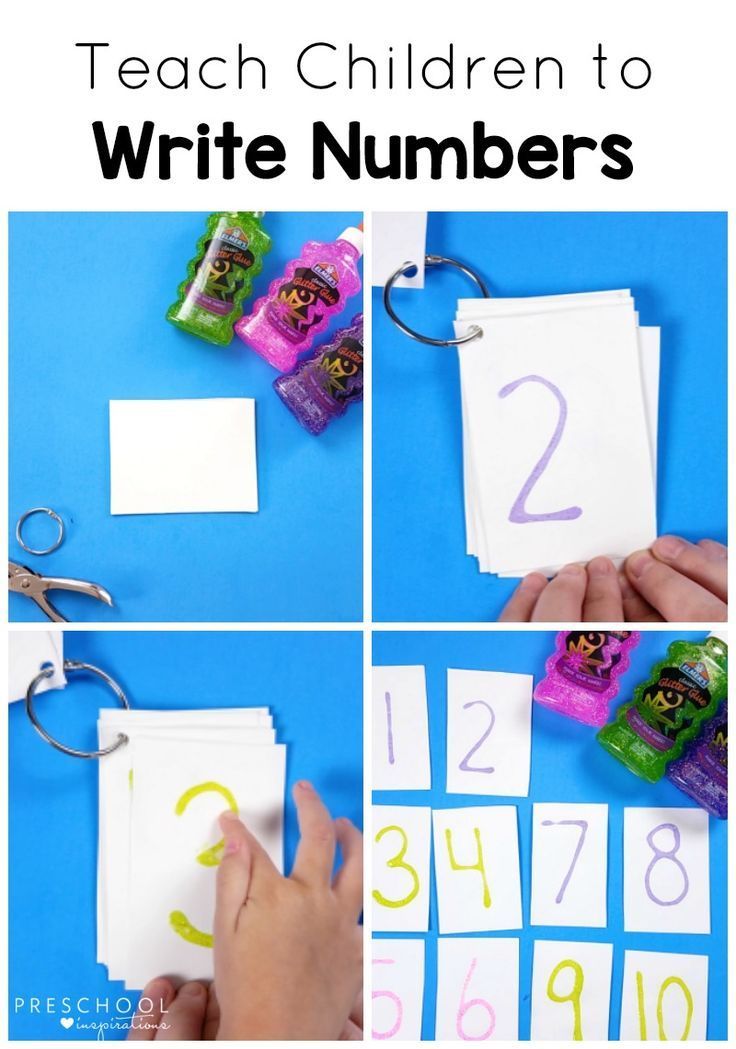 Stencils for drawing
Stencils for drawing
2. Paper fruits
3. Paper toys
4. Christmas tree applique
5. Juice box crafts
6. Hand flowers applique
making applications
8. DIY space machine
9. Cars with eyes
10. Book My House
11. Bus for little ponies
12. Palm Frame - for babies
13. Plasticine and beads
14. Applications from Buttons
15. Christmas tree from Cones with your own hands
16. Cheerful Chupa-Chups
Read also the article for Development of the Child.
Find out what a child should know and be able to do by age. Take advantage of the training aids offered by our website.
Child development calendar up to 1 year (by months)
Child from 1 to 2 years old
Child 2 to 3 years old
Child 4 to 5 years old
Child 5 to 7 years old
Our Partners - WORLDWIDE SHIPPING!
Main page
Subscribe to: Messages (Atom)
-
Hard and soft consonants
Use flashcards to teach your child when consonants are soft and hard.
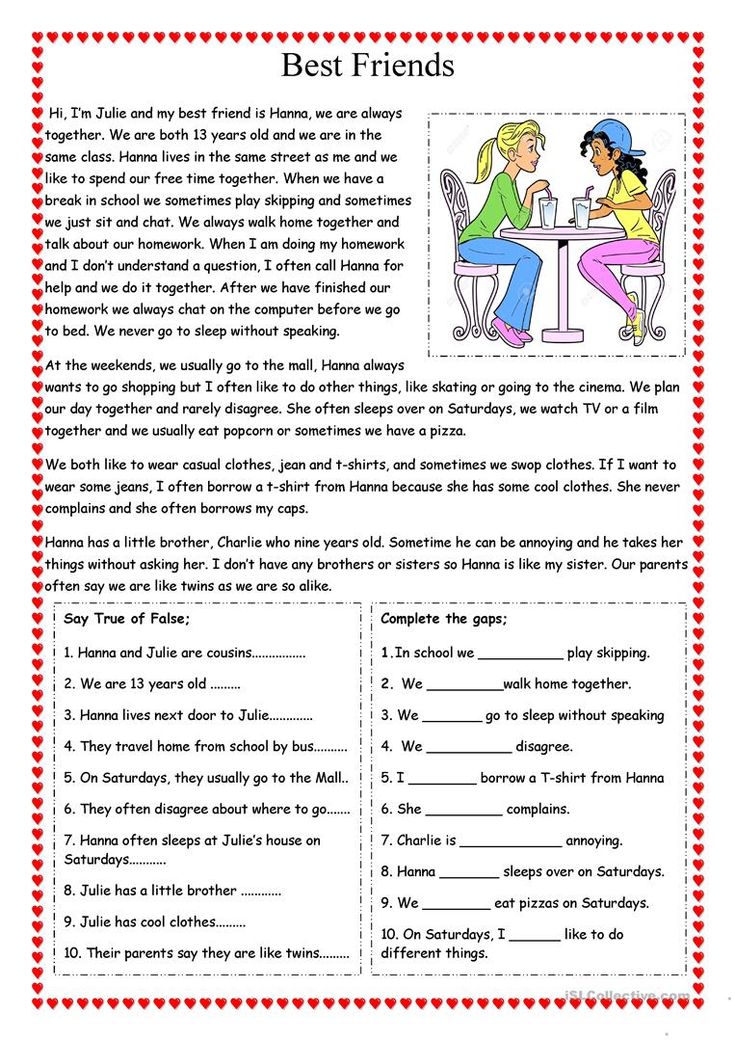 Blue - solid Green -
Blue - solid Green - -
Russian Alphabet Color Cards
Russian Alphabet Color Cards. Each card with a letter has a picture starting with that letter. With these cards you can ...
-
Syllables. Making words from syllables
Syllables. Making words from syllables. Download free flashcards with letters and syllables. There are 20 cards in total. Letters and syllables for children. Cut...
-
Pictures of Clothes and Shoes
Pictures of everyday clothes and shoes, Clothes, Shoes, clothes cards, Shoes cards. Thematic cards "Clothes"
-
Cards Crockery and Cutlery
Downloading didactic cards, the theme "Cookware". A wonderful book with large and bright pictures. Set of cards "...
-
Number cards
Number cards. Flashcards help your child learn numbers. Flashcards can be used for homework, kindergarten or elementary school...
-
Connect the numbers and Color the picture
Learning numbers and counting with your child? How to fix the passed material? Consolidation of the material covered can be turned into an interesting and r.
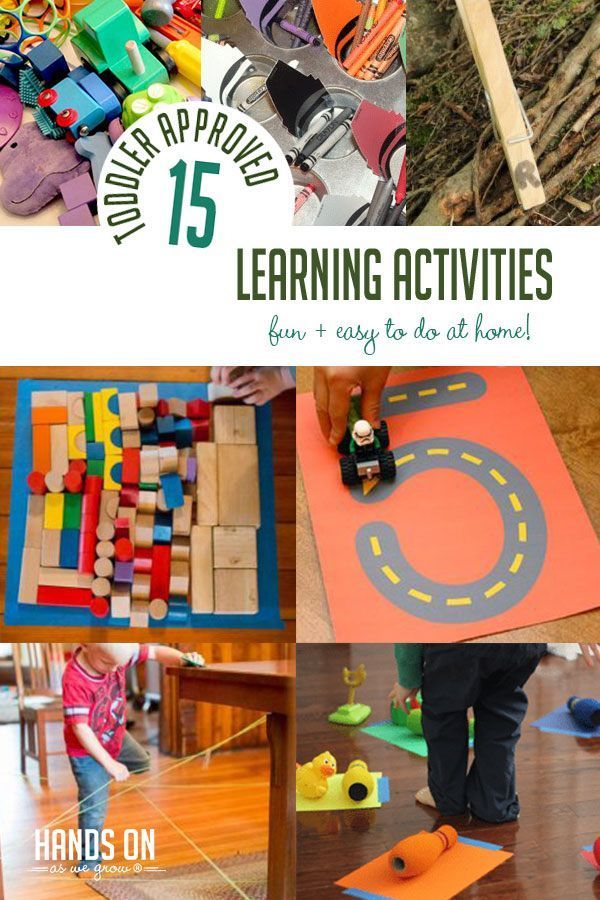
Learn more


